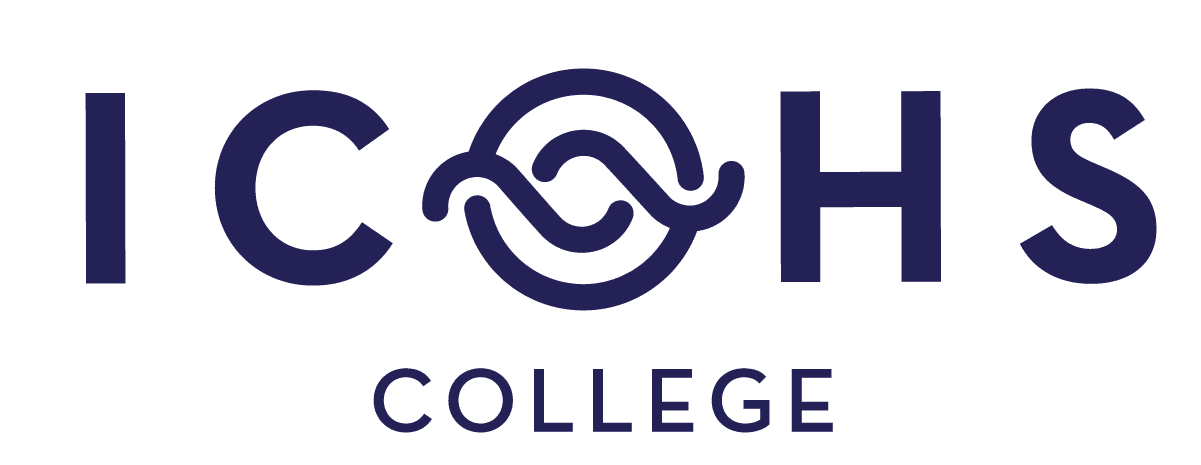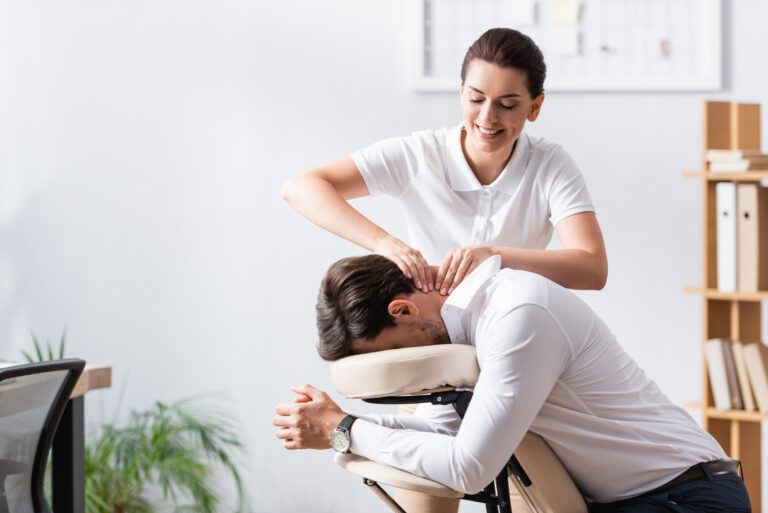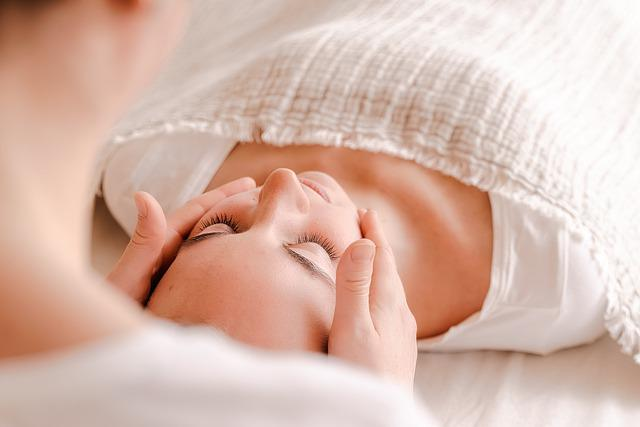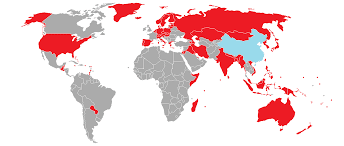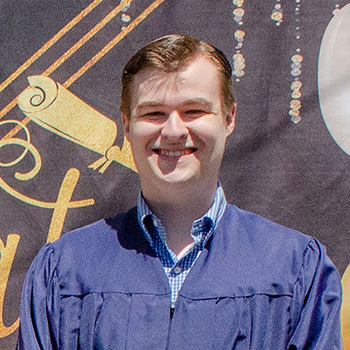Imagine for a moment a scene unfolding: an idyllic landscape of infinite beauty ranging as far as the eye can see–a broad canopy of trees interspersed with bountiful bushes and greenery, a lush jungle full of vibrant hues, fresh scents and exotic creatures, where nature thrives independently. A natural lake lies within this serenity, drawing to it all walks of life to hydrate and bask in its sun-kissed glory. Among these is a young monkey, at ease in his leisure, playfully enjoying some space from the others. All seems peaceful when suddenly a leopard appears from the perimeter, poised to attack. BOOM! A fast-paced chase ensues, the monkeys running all out full throttle toward safety, adrenaline pumping. The adolescent one, slower than the others and lagging behind, barely escapes the danger alive.
This high intensity, stress induced situation is our current reality in today’s society. With traffic jams, work/school pressure, partnership/family issues, financial expectations, environmental factors (e.g. EMF radiation), social media and constant advertisements, anxiety is rampant among Americans. Abundant overstimulation wreaks havoc on the function of our nervous system, deteriorating both physical and emotional health. When we view an ordinary event as traumatic, the body perceives it to be a real threat and responds accordingly as a defense mechanism. According to Hans Selye’s General Adaptation Syndrome (GAS), stress manifests in three stages—alarm, resistance and exhaustion. The first reaction occurs as the “fight-or-flight” response kicks into gear and stimulates the sympathetic nervous system to mobilize resources needed to meet the danger. Next, the parasympathetic nervous system attempts to return most physiological functions to normal levels while simultaneously remaining alert. Finally, the potential for disease is heightened when the stressor pushes the body beyond its capacity. [1] Due to the interconnected web that is the bodymind and the fact that our muscles house feelings, it is imperative to maintain emotional balance as part of an integrated system of overall health.
The key to regaining homeostasis is allowing the body’s instinctual intelligence to take control and naturally reset. This is achieved when we can reach a dynamic state of stillness and live from it. One of the most effective ways of activating the parasympathetic nervous system is through craniosacral therapy, a modality of massage that involves holding specific areas along the spine and cranium with a light touch. Occupational therapist Susan Kratz explains the craniosacral system well: “The three layers of membranes that surround the brain and spinal cord (meninges) plus the volume of cerebral spinal fluid constitute the craniosacral system. The tissues extend through the bones of the skull, face, and mouth (the cranium), and then down to the tailbone (the sacrum). Not only does this system protect the brain and spinal cord as a shock absorber, but it also serves to facilitate the electro-chemical conduction of nerve signals. As cerebral spinal fluid is produced within the brain itself, it swells the cranial cavity. The fluid is reabsorbed once reaching a certain pressure gradient and the brain narrows and contracts. This cycle creates the craniosacral rhythm…” [2] The intention of the practitioner is to connect in with this rhythm and be present. As Cara Holland describes, “Not many of us have been given time and space where we are listened to and heard. Where we are offered a connection to a witness who has no agenda, no judgment and who is grounded, present with us as we take this journey into craniosacral therapy. Holding and allowing, waiting, neutral space requires that the practitioner be grounded, centered, present, mindful, physically and energetically connected. From that place, each craniosacral practitioner simply holds the intention to allow time and space to provide the client and their body to heal, find structural, emotional balance and center, in whatever way they need to.” [3] Though it is one of the more subtle therapies existing in the bodywork field, the results in alleviating symptoms such as pain (physical and emotional), anxiety, depression, insomnia, appetite, inflammation, aggression, sensory processing, social engagement/behaviors and overall quality of life have been astounding.
The explanation to how so many benefits can be achieved from a singular modality lies in the complex matrix that is the brain: “There are three cranial meninges, or layers, that surround the brain: pia mater, arachnoid mater and dura mater. The pia mater membrane is adhered to the surface of the brain. The arachnoid membrane is adhered to the dura mater membrane. The dura mater membrane is formed of two layers: The periosteal layer is adhered to the inner surface of the skull bones, and the meningeal layer is adhered to the periosteal layer. Strands of collagen, or trabeculae, span the subarachnoid space and are attached to both the arachnoid membrane and the pia mater membrane. All three meningeal layers encase the brain. The dura mater’s meningeal layer separates from the periosteal layer in a few places to form membrane sheets that fold inward into the brain tissue. These sheets are arranged vertically between left and right hemispheres of the cerebrum and cerebellum, and horizontally between the cerebellum and the cerebrum. The arachnoid membrane follows the dural meningeal layer, and the pia mater membrane remains adhered to the brain surface.” [4]
When any part of this system becomes blocked or ground substance flow is restricted through pathways, problems begin to arise. “These substances are not only vital, nourishing and cleansing substances; they are also molecules that create extracellular communication among cells. Extracellular communication helps regulate and integrate cell processes, and in the brain extracellular communication also helps modulate neural signaling.” [4]
A double-blind study performed in Spain clearly shows evidence of significantly improved levels of pain and anxiety in those with fibromyalgia directly following craniosacral therapy treatment, which we can assume would also be true of healthy individuals. This group also showed positive influence on factors such as physical function, general health, vitality and social function. What’s more, these participants maintained that improvement one year post-study. [5] In another study done by Upledger Institute International, both practitioners and parents of children diagnosed with Autism Spectrum Disorder were asked to evaluate the clients after having received between 1-5 sessions of craniosacral therapy. Twenty characteristic behavioral or functional features of ASD were rated to measure the experiences gained with CST. Huge behavioral advancements were reported by almost all clients in categories including general behavior, cognitive function, communication, sensory reaction, social skills and emotional stability. [6] Due to the intricate network of cranial anatomy, all body systems stand to benefit from CST. Since there are no contraindications for this modality, it is safe to employ for everyone. When we find our home in a restorative and rejuvenating parasympathetic state of being, we are able to maintain the alignment and balance needed to both heal and obtain optimal vitality so we may truly thrive.
References
1. Lucille, H. (2016, August 31.) General Adaptation Syndrome (GAS) Stages. Retrieved July 10, 2019, from https://www.integrativepro.com/Resources/Integrative-Blog/2016/General-Adaptation-Syndrome-Stages
2. Kratz, S. (2009.) Craniosacral Therapy: Helping Improve Brain Function. Retrieved June 24, 2019, from https://www.iahe.com/docs/articles/Brain.pdf
3. Holland, C. (2019, January.) Craniosacral Therapy: Finding Your Way to Neutral.
4. Wanveer, T. (2014, September.) How Craniosacral Therapy May Contribute to Brain Health. Retrieved June 14, 2019, from https://www.iahe.com/docs/articles/Article_-_How_Cranio_Sacral_Therapy_May_Contribute_to_Brain_Health.pdf
5. Matarán-Peñarrocha, G; Castro-Sánchez, A; García, G; Moreno-Lorenzo, C; Carreño, T; Zafra, M. (2011, June 15.) Influence of Craniosacral Therapy on Anxiety, Depression and Quality of Life in Patients with Fibromyalgia. Retrieved June 14, 2019, from https://www.ncbi.nlm.nih.gov/pmc/articles/PMC3135864/
6. Kratz, S; Kerr, J; Porter, L. (2016, June 1.) The use of CranioSacral therapy for Autism Spectrum Disorders: Benefits from the viewpoints of parents, clients, and therapists. Retrieved June 24, 2019, from https://www.iahe.com/docs/articles/final-publication-cst-for-asd-feb-2017.pdf
